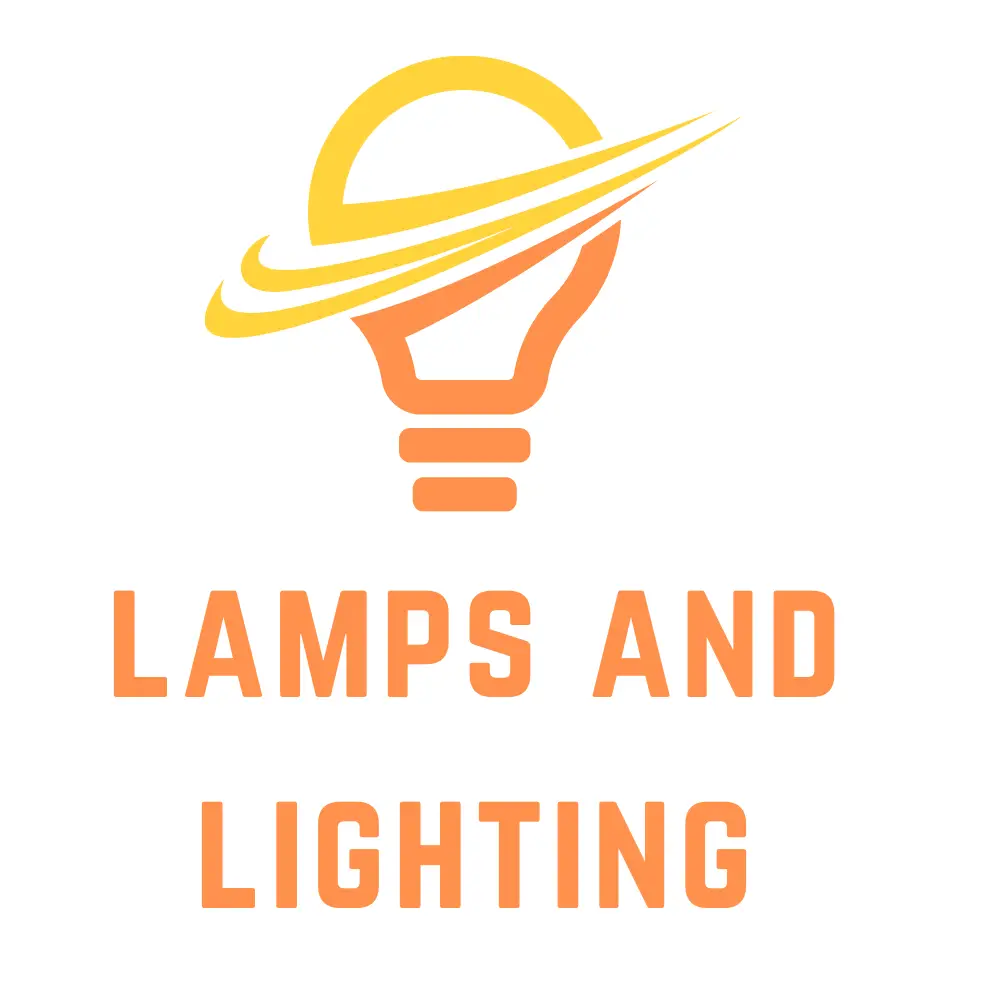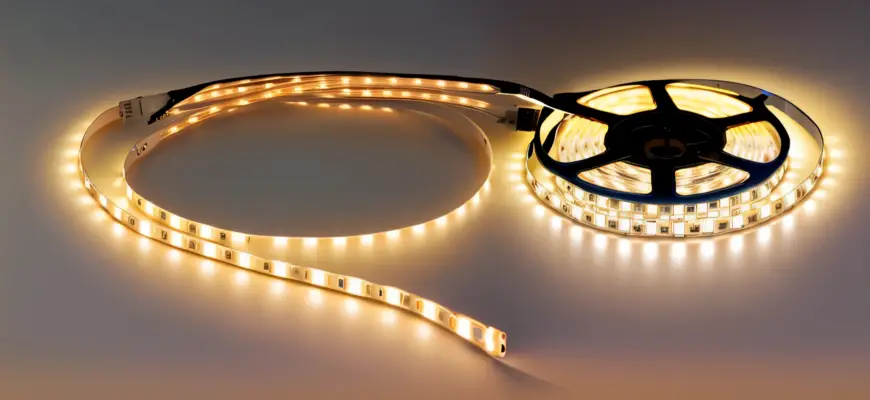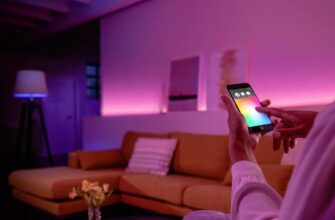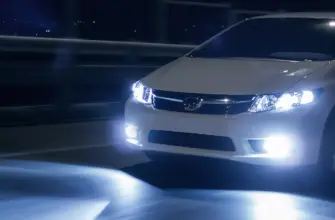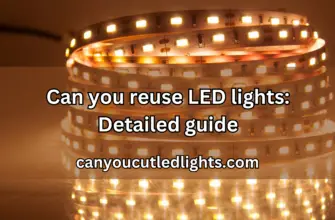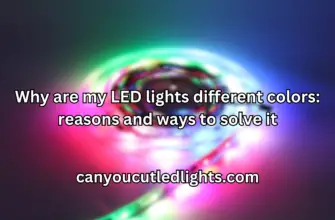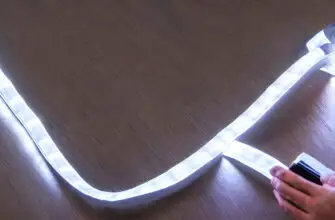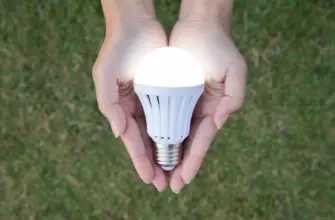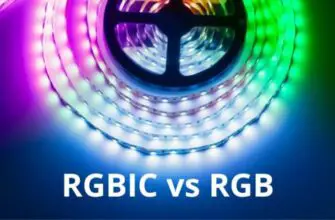LED light strips have gained immense popularity in recent times, completely transforming the way we illuminate our residences, commercial establishments, and even automobiles.
By LED light bulb adaptable and multifaceted characteristics, these groundbreaking lighting solutions provide numerous advantages of LED light bulb and infinite opportunities to fashion distinctive and captivating environments.
Let’s try to find an answer to our question: Do LED light strips use a lot of electricity?
How much electricity is needed for LED strip lights use?

Led strip lights offer an energy-efficient and eco-friendly lighting solution that consumes a fraction of the electricity used by traditional lighting sources.
With LED strip lights, you can effortlessly achieve bright and efficient illumination in any space while keeping your electricity costs significantly lower.
When it comes to LED strip lights use, their low electricity consumption can be attributed to their high efficiency.
LED strip lights cheaper than traditional light sources and primarily generate very little heat, LED strip lights use semiconductor diodes to convert electrical energy into light. This allows them to produce bright illumination while using minimal electricity.
The exact electricity usage of LED strip lights varies based on factors such as length, power, and brightness intensity.
On average, these strips consume approximately 4 to 16 watts per meter. Consequently, even when using multiple meters of LED strip lights, the electricity consumption remains relatively low.
Selecting LED light strips with energy efficiency in mind is crucial. Certain models may have higher electricity consumption rates, thus it is advisable to opt for those with low energy consumption labels.
LED strip light’s power consumption is an energy-efficient lighting solution, enabling users to achieve bright and efficient illumination without excessive electricity usage.
Not only do these lights help reduce energy expenses, but they also promote environmental sustainability by being long-lasting and free of harmful substances.
If you desire a well-lit space that minimizes energy consumption, don’t hesitate to choose LED strip lights.
Power consumption in LEDs
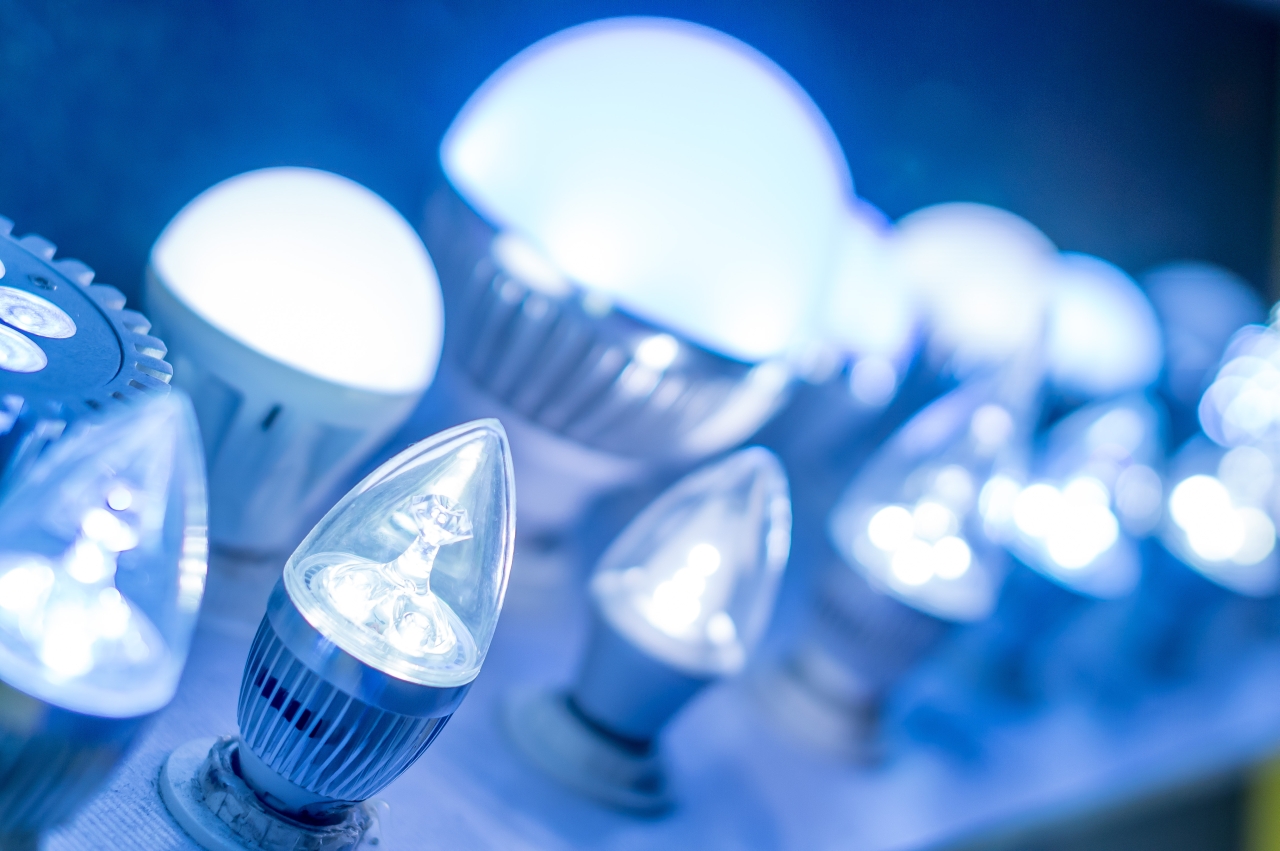
Light-emitting diodes (led strip) have revolutionized the lighting industry with their efficient use of energy and long lifespan. As a professional writer with extensive experience, I have delved into the realm of power consumption in strip lights to shed light on this crucial aspect of modern lighting technology.
Strip lights are renowned for their ability to convert electrical energy directly into light with minimal wastage. Unlike traditional incandescent or fluorescent bulbs, light bulbs operate on a lower voltage and consume significantly less power.
LED lighting not only reduces electricity bills but also contributes to overall energy conservation, making it a greener lighting alternative.
One of the key factors affecting power consumption in strip lights is their operating current. Strip lights are current-driven devices, meaning that the amount of current passing through them affects their brightness.
Exceeding the maximum current rating can lead to overheating and reduced lifespan. As a result, strip lights manufacturers carefully design their products to ensure optimal current flow for maximum efficiency and longevity.
Another important consideration in power consumption is the light bulbs driver. This peripheral device controls the current and voltage supplied to the LED, ensuring stable and regulated power delivery, unlike incandescent bulbs.
By using efficient LED bulbs drivers, power wastage can be minimized, resulting in a more sustainable lighting solution.
The color temperature of LED strip light can influence their power consumption. Warm white strip light typically requires less power compared to cool white strip light, as warmer temperatures emit lower amounts of energy.
This distinction allows consumers to select LED strip light based on their specific preferences and energy requirements.
Advancements in technology have also contributed to reducing power consumption in strip light. For instance, the development of dimmable LED strip light allows users to adjust the brightness according to their needs, thereby optimizing power usage. Additionally, the integration of smart lighting systems enables remote control and automation, ensuring that LEDs are only active when required, further conserving energy.
Power consumption in LED strip light, unlike incandescent bulbs is a critical aspect of their overall performance and sustainability. Through careful design, efficient LED drivers, and advancements in technology, power consumption can be minimized while still enjoying the benefits of LED lighting.
As a professional writer dedicated to exploring various topics, I hope this overview sheds light on the significance of power consumption in LEDs and encourages further research and innovation in this field.
Advantages of LED strip light
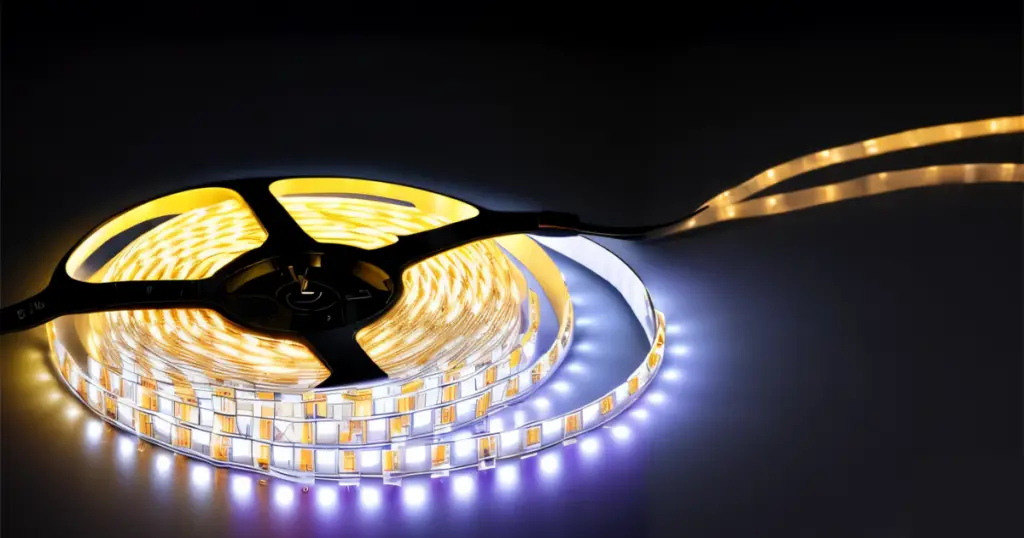
There are several advantages associated with LED lighting when compared to traditional lighting options.
Firstly
LEDs are highly energy-efficient and require very little power to produce light. They can save up to 80% more energy compared to traditional incandescent bulbs. This not only reduces electricity bills but also helps in reducing greenhouse gas emissions.
Secondly
LEDs have a significantly longer lifespan compared to traditional bulbs. On average, they can last around 25,000 to 50,000 hours, or even longer, such as traditional incandescent bulbs. This reduces the need for frequent replacements, resulting in cost savings and conservation of resources.
Furthermore
LED bulb is more durable and resistant to shock, vibration, and extreme temperatures compared to incandescent and fluorescent bulbs. Their solid-state components make them less prone to damage and breakage.
In addition, LEDs emit light instantly when turned on, without any warm-up time. This makes them highly suitable for areas where quick and reliable lighting is required, such as in emergencies or security lighting.
Moreover, LEDs emit light in a specific direction, making them more efficient for applications such as task lighting and accent lighting.
This reduces the need for additional reflectors and diffusers, resulting in energy savings and reduced light pollution.
LEDs also offer design flexibility as they are available in various shapes, sizes, and colors. This makes them highly versatile for different lighting applications, including recessed lighting, track lighting, and decorative lighting.
Lastly, LEDs are environmentally friendly. Unlike fluorescent bulbs, they do not contain harmful chemicals like mercury, making them safer for the environment.
Additionally, their efficient use of energy helps in reducing carbon emissions, contributing to a greener world.
Overall, LED bulbs offer numerous advantages, including efficient use of energy, long lifespan, durability, instant brightness, directional lighting, design flexibility, and environmental friendliness.
Disadvantages of LED strip lights
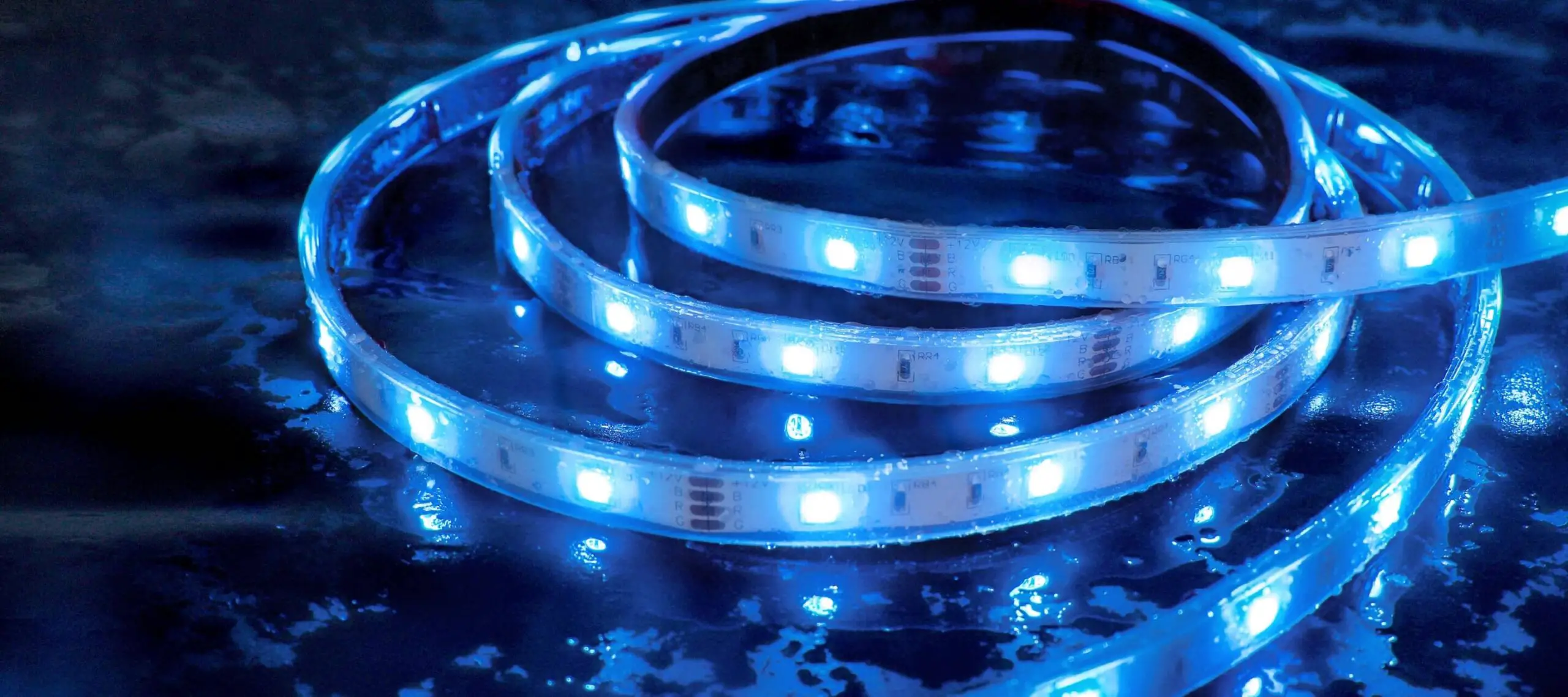
While LEDs offer many advantages, they also have a few disadvantages worth considering:
- LED strip lights cost: the initial investment for LED strip lights cost may be higher than that of conventional lighting alternatives.
- Heat dissipation: LEDs, unlike traditional incandescent bulbs generate heat during operation, and if not properly managed, it can affect their performance and lifespan.
- Limited color rendering: most LED light bulbs, unlike incandescent bulbs have a limited color rendering index (CRI), which measures how accurately colors appear. Leave-led strip lights with a lower CRI may not reproduce colors as accurately as other lighting options, particularly in areas requiring precise color representation, such as photography studios.
- Mounting and installation: installing LED strip lighting can be more complex than traditional lighting fixtures. Led light typically requires careful planning and proper positioning to achieve the desired lighting effect.
- Potential for glare: light strip, unlike incandescent light bulbs produce concentrated beams of light, which can cause glare or discomfort if not properly diffused or shielded.
- Limited flexibility of LED strip lights use: while LED bulbs offer some flexibility, they may not be suitable for all applications. Light strip cannot bend at sharp angles or be cut to length at every point.
Although there are certain drawbacks, the popularity of LED bulb keeps increasing owing to their energy efficiency, extended lifespan, and flexibility in different lighting purposes.
FAQ
Do LED strip lights make your electric bill high?
LED strip lights are well-known for their energy efficiency, unlike traditional incandescent or fluorescent lights. As a result, they have a minimal impact on your electricity bill.
LED light-emitting diode consume less power and produce less heat, making them not only environmentally friendly but also cost-effective in the long term.
However, the extent to which they affect your electricity bill depends on several factors, including the number of LED strip lights you use, their wattage, and how frequently and for how long they are used.
Does leaving LED lights on use a lot of electricity?
Contrary to popular belief, leaving LED lights on does not consume excessive amounts of electricity.
The light strip is renowned for its energy efficiency, consuming far less electricity in comparison to traditional incandescent or fluorescent lights. They use to lot of electricity 80% less energy, which not only contributes to lower electricity bills but also reduces our carbon footprint.
Can you leave LED light strips on all night?
Indeed, if LED lights are specifically designed for continuous use, they can consume a significant amount of energy when left on throughout the night.
Nevertheless, LED light strip is well-regarded for their energy efficiency and minimal heat emissions, which make them safe to be used continuously for extended periods.
Nevertheless, LED bulbs always prudent to consult the manufacturer’s guidelines to ensure that the lights are not obstructed or covered in any way, as this could potentially lead to heat accumulation.
What are the disadvantages of LED light strips?
Despite the many benefits, fluorescent lighting also has several disadvantages that are worth considering:
• typical LED strip light can be more expensive compared to traditional lighting options,
• LED strips generate heat when operating, and if not managed properly, this can affect their performance and lifespan,
• most LED strips have a limited color rendering index (CRI), which measures color accuracy.
Installation may also be difficult.
Conclusions
In this article, we have discussed for how much electricity consumption of LED strips. We have seen that while traditional incandescent lights use a lot of electricity, LED lights are designed to consume much less. Consequently, lights use a lot electricity is not true. It proves to be a cost-effective alternative to conventional incandescent lighting.
